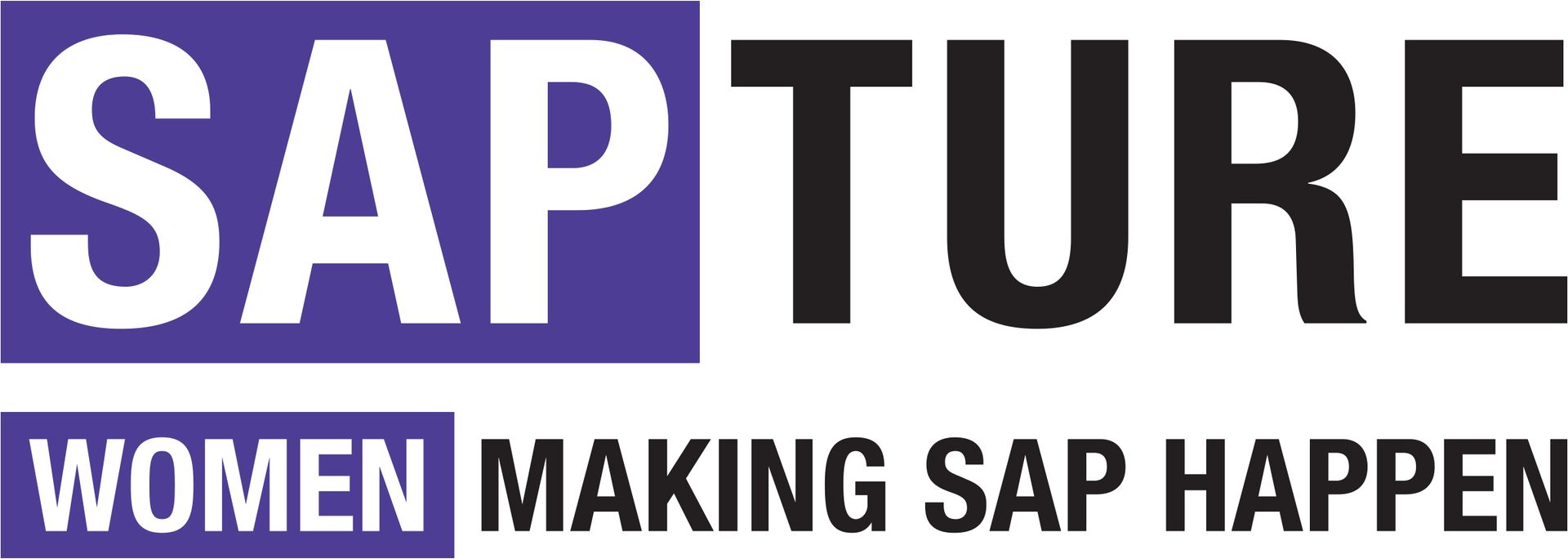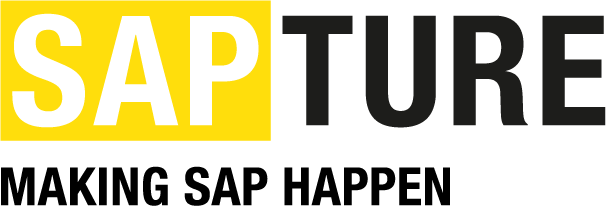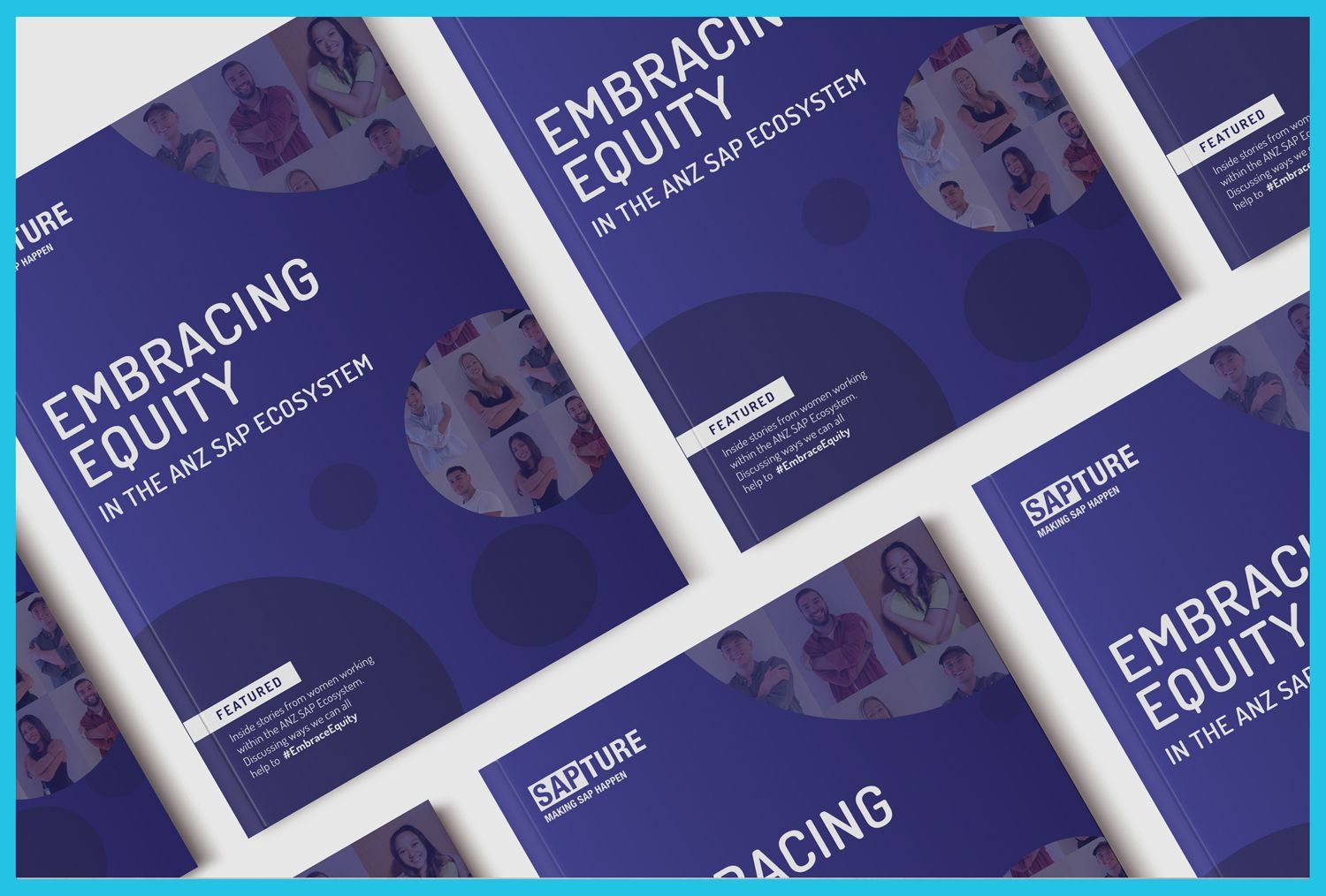Refine results
Keywords
World Day is an international campaign to promote safe, healthy and decent work around the globe. Shane Morgan, CEO of Sapture International took the opportunity to speak with Shiva Shivathaya, Synex Solutions and Andrey Volkov, ERM: Environmental Resources Management, to discuss the current state and what the future holds of SAP EH&S / EHSM market in Australia and New Zealand.
Shiva Shivathaya - Canberra
EHS Solutions Architect
SM: How did you get started SAP and EHS?
SS: My first experience in SAP EHS was through the US based multinational company Dow Corning. I joined them in 2000 as a Rules Expert Analyst to work with the Product Safety component of SAP EHS. The role involved analysing and working with EHS Expert Rules required to generate Material Safety Data Sheets (MSDSs). In 2004 I moved to the Incident and Hazard Management functionality of SAP EHS, mainly utilising the IHS and OHS components of SAP EHS.
SM: What do you think of the SAP EHS market at present in Australia & New Zealand?
SS: The SAP EHS market in my opinion is yet to mature fully. The focus on managing environmental, health and safety aspects is increasing as more and more companies are realising the benefits of effectively managing incidents, hazards, near misses and safety observations.
SM: What is SAP’s current strategy for the EHS module?
SS: SAP is currently focussing more on the new Environment, Health and Safety Management (EHSM) module rather than the classic SAP EHS module.
EHSM is based on the SAP ERP application and SAP Netweaver portal. This is the latest offering from SAP which supersedes the current EHS and hence SAP may not be focussing too much to further enhance the EHS solution. It is Web-based application that is realised in ABAP Web Dynpro. The EHSM applications were well researched with customers and reflect best practices. A few customers have started down the path of trying to do their own development from ABAP to ABAP Webdynpro, but most have realised that it would be more effective to use the new solution. Even if it requires a license upgrade, the savings in faster implementation usually more than makes up for it. Because it uses a new data model, there is a lot different about it, and heavy users of the old functionality need to carefully consider their path to implementing the new applications. The new data model utilised in EHSM is significantly better and well worth the upgrade efforts. It will quite simply just do more and help the organisation be far more effective and comprehensive at managing health and safety as well as Environment.
More EHS functionalities are being added in EHSM and almost every year a new release of EHSM is being rolled out by SAP. This illustrates that SAP is trying to add new features and make EHSM more flexible to address the current and future EHS needs of any organisation. Component Extension 6.0 for SAP EHS Management is the latest release from SAP.
SM: Is it a good time for people to become an SAP EHS consultant in Australia? How saturated is the market now?
SS: It is difficult to say if this is the good time or not to become an SAP EHS consultant. There are not a lot of EHS projects and at the same time there are not many EHS consultants as well.
SM: What are the key challenges that companies face around implementing SAP EHSM and what do you do to assist with those?
SS: Data migration and Organisational Change Management (OCM) including providing training courses are according to me the two key challenges companies face around implementing SAP EHS/EHSM.
The number of incident and hazard records in the legacy systems is usually too large and the data is not recorded in a consistent manner which makes the data migration task complex and difficult. To address this issue it is necessary to explain that all the legacy data doesn’t need to be migrated unless it provides some value to the organisation. The consultant also has to understand all the corresponding SAP fields and map the data accordingly.
OCM is especially an important issue and a key challenge due to the fact that all employees in the organisation are potentially impacted. Training and providing appropriate information to the OCM personnel in finalising the training contents by the consultant will assist to overcome this issue.
SM: What have been your most successful projects over your career, and what results have you achieved there?
SS: I have implemented a number of EHS/EHSM systems in several organisations and the one that gave me immense sense of achievement and satisfaction is the HSE system implemented at CSIRO. This system was well praised and is being very effectively utilised currently to successfully manage the HSE issues at CSIRO very effectively. Some of the other major projects successfully completed by me include the EHS system at Ballance Agri Nutrients company in New Zealand, The Incident Management and Medical Services management system at Department of Immigration and Border Protection, SAP EHSM system at Department of Defence and the SAP EHS system implemented at NSW Government agencies such as Department of Housing, Department of Community Services, Department of ageing, disability and Home Care, etc.
SM: What is the one behaviour or trait that you need as a SAP consultant?
SS: My belief is that understanding and analysing the business requirements and suggesting SAP solution to address these requirements in the main and most crucial skill set a SAP consultant must possess to become a successful SAP Consultant.
SM: What are you doing to ensure you continue to grow and develop?
SS: It is very important to keep up-to-date with the latest developments taking place in your area of expertise. SAP is an innovative and progressive organisation and new technologies are being introduced all the time to improve the product and make it very much relevant to present needs of organisations. openSAP courses such as “Implementation of SAP S/4HANA” are good examples of courses which helps to understand the next-generation business suite from SAP.
SM: Why SAP EHS/EHSM uptake is slow compared with other SAP modules?
SS: The main hurdle is coming up with justifications and getting approval to implement SAP EHS/EHSM. The benefits in implementing EHS/EHSM are not always tangible and it is difficult to put a dollar figure on the potential savings that can be realised with the implementation of SAP EHS/EHSM compared to other SAP modules such as HR, SD, FICO, etc. Organisations have to understand that improving the Health and Safety aspects of its employees and trying the manage the environmental aspects has the potential to make the organisation more profitable and sustainable in the long-term.
To address this issue, the SAP EHS consultant need to explain the importance of long-term sustainability of the organisation and also that the savings achieved are not only intangible and it is possible to put a dollar figure on the savings due to reduced cost of managing injuries and lost time due to injuries. In general, it needs to be emphasised by the EHS Consultant that making the workplace a safer place improves the morale of the employees and hence can lead to improved productivity.
SAP consultant has to explain to the key stake holders that SAP sustainability solutions are increasingly becoming important to manage the Environment, Health and Safety in a responsible manner. This is essential to comply with various regulatory requirements and also to avoid hefty penalties from the governing agencies as well as to uphold the reputation of the organisation.
Andrey Volkov - Brisbane
SAP EHS Management and Sustainability Consultant
SM: How did you get started SAP and EHS?
AV:I started working for SAP in Moscow office as an Intern while studying for my Master’s degree. During my first years with SAP, I have managed to study a lot about SAP business and products, gain extensive project experience as a functional consultant and efficiently combine it with my knowledge of Oil and Gas industry aspects from the University.
At that time, Sustainability & EHS was the main SAP trend with not many experienced consultants. I had raised my hand and proposed myself for the key functional role on one of the more challenging and less attractive projects and soon enough was a part of EHS implementation.
SM: What do you think of the SAP EHS market at present in Australia & New Zealand?
AV: There is a constant demand for Health, Safety and Environment solutions in ANZ region with ad-hoc peaks related to certain legislation changes introduced by the government, e.g. Carbon Tax. As IT projects in other business areas - demand is heavily related to the current economy health.
Many clients are choosing SAP because of its maturity and obvious integration and support benefits. There is also a noticeable market share of other vendors, some of them have very sophisticated and competitive solutions.
SM: What is SAP's current strategy for the EHS module?
AV: Health, Safety, and Environment solutions are one of the focus areas for SAP. There is an ongoing improvement work happening all the time, regular patches and upgrades are released. Many functions are getting merged into single EHS solution.
SM: Is it a good time for people to become an SAP EHS consultant in Australia?
AV: There is never a bad time to become a software implementation consultant as it is an exciting and challenging profession which will never let you sit down, relax and start procrastinating.
Choice of the software vendor and business area is a subject of personal preferences, education, and experience. EHS is not as wildly known as MM/SD/PM etc., and it has its own interesting aspects and surprises.
SM: How saturated is the market now?
AV: The market is quite dense all the time. Getting into EHS area now requires advanced skills with extensive project portfolio or huge sacrifices on rates.
SM: What are the key challenges that companies are facing around implementing SAP EHSM and what do you do to assist with those?
AV: Most of the companies are operating in EHS area according to the requirements are driven by legislation. Implementation of EHS functionality, e.g. Incident Management, means going beyond what they have and building an advanced business capability in EHS area.
The key challenge at this point is to manage this build controlling quantity to quality ratio. A company can never have enough information about Incident, KPIs and different kind of reports in place, but does it really help to achieve the ultimate goal of improving safety and environment?
SM: What have been your most successful projects over your career, and what results have you achieved there?
AV: It is difficult to say which project was successful – there are more and less challenging and with the goal either achieved or not on a rare occasion.
The most exciting and rewarding project for me was the Environmental Compliance Management solution implementation for the Norilsk Nickel company.
The excitement part was about working to the north of the Polar Circle, which means you are exposed to temperatures below minus 50 degrees on your way to the office.
The rewarding part was about seeing how the solution with over 5000 emission and consumption monitoring points, covering the entire industrial city with several metal mines, plants, and refineries, was live.
SM: What is the one behaviour or trait that you need as a SAP consultant?
AV: One skill – listening.
SM: What are you doing to ensure you continue to grow and develop?
AV: I’m in contact with SAP team responsible for EHS solution developments and upgrades. They are sharing all the news on a regular basis and I’m helping with testing and review of the recent versions quite often.
Other aspects of my development are about widening my area of expertise instead of going deeper into SAP EHS. I’m up to date with the current related solutions from SAP, Enablon, and IHS to be able to advise the most suitable solution and architecture to the clients.
People and Project Management skills are also part of my development agenda.

SAPTURE, feature women working in SAP and making it happen. To be featured, or to nominate someone to be featured, contact danielle@sapture.com.au



